Thanks to Shelby, the Omni GLH was a candle in a dim decade
The new Hornet GLH, an assembly of dealer-installed performance accessories for Dodge’s just-revealed crossover, is named for a genuine period piece.
First, remember this: There weren’t many bright spots in the mid-1980s, performance-wise: Yes, we had the 1984 C4 Corvette, though no one called it the C4 then, only referring to it as “by-god, we-finally-have-a-new-Corvette.” But on the lower end of the food chain, there wasn’t much to celebrate, save for the new-for-1985 Honda CRX Si and the Volkswagen GTI, and if you stretched, the Ford Escort GT, which at least looked the part.
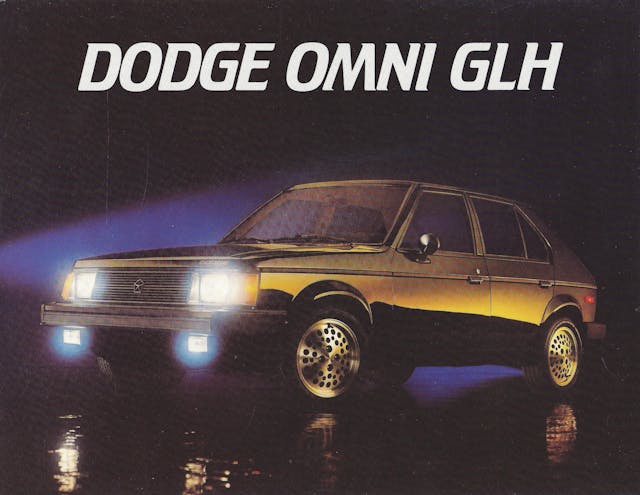
That’s why the spunky 1984 Dodge Omni GLH was such a welcome arrival: Yes, it was just a little four-door hatchback (it probably would have qualified as a subcompact crossover back then, like the upcoming Hornet), and it was offered with a 146-horsepower turbo version of Chrysler’s 2.2-liter four-cylinder, which wasn’t such a bad engine on its own.
It had steering wheel placement that would have been familiar to a bus driver, and throughout the car’s life it had a jangly manual transmission shifter and a balky clutch. But for those of us starved for something affordable and fun to drive, it worked.
Then Carroll Shelby, who had a deal with Chrysler but not much to do, thoroughly embraced the GLH, helping massage it into the GLH-S, which Shelby loved to say out loud that it stood for “Goes Like Hell—S’more!” In black with silver trim and a front spoiler, fog lights and aluminum wheels, the car looked appropriate, and handled remarkably well, once you learned to manage the torque steer.
With the GLH-S’s 175 horsepower, there was indeed torque steer. It wasn’t until the unequal-length shafts under the hood of the Ford Taurus SHO that anybody figured out how to manage torque steer except by electronics, which was no fun.
The Omni GLH-S was made in a limited edition run of 500, but its existence gave even more credibility to the Omni GLH, which was almost as much fun to drive, even with the standard 110 horsepower. Recall that the Civic/CRX Si had 91 horsepower; granted, it felt more fully realized, but by no means was the Honda fast.
An Omni GLH in #3 (Good) condition is worth $5400 today on average, while the boosted GLH-T will run you a bit more at $7400. Given the deeper Shelby connection, top performance, and limited run, the GLH-S stands tall at $17,500.
The fact that Chrysler/Stellantis is excited about the Hornet GLH, which can be built with existing bits and pieces from the parts bin, suggests that the company wants back into the pocket-rocket game. These days it’s a considerably larger pocket, but we nevertheless cheer the effort. Even if, compared to a Civic Type R or VW Golf R, the new GLH merely, uh, Goes Like Heck.

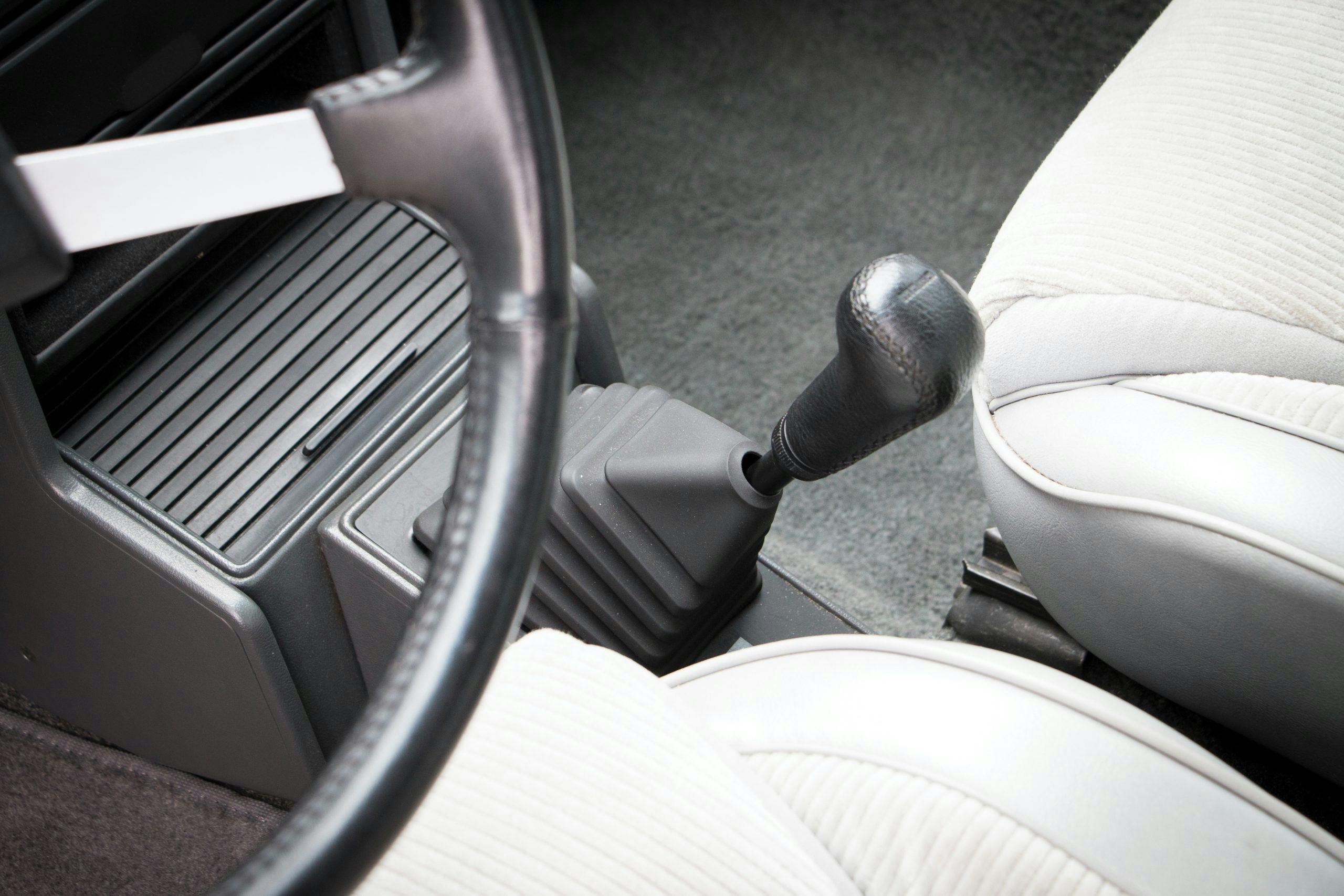
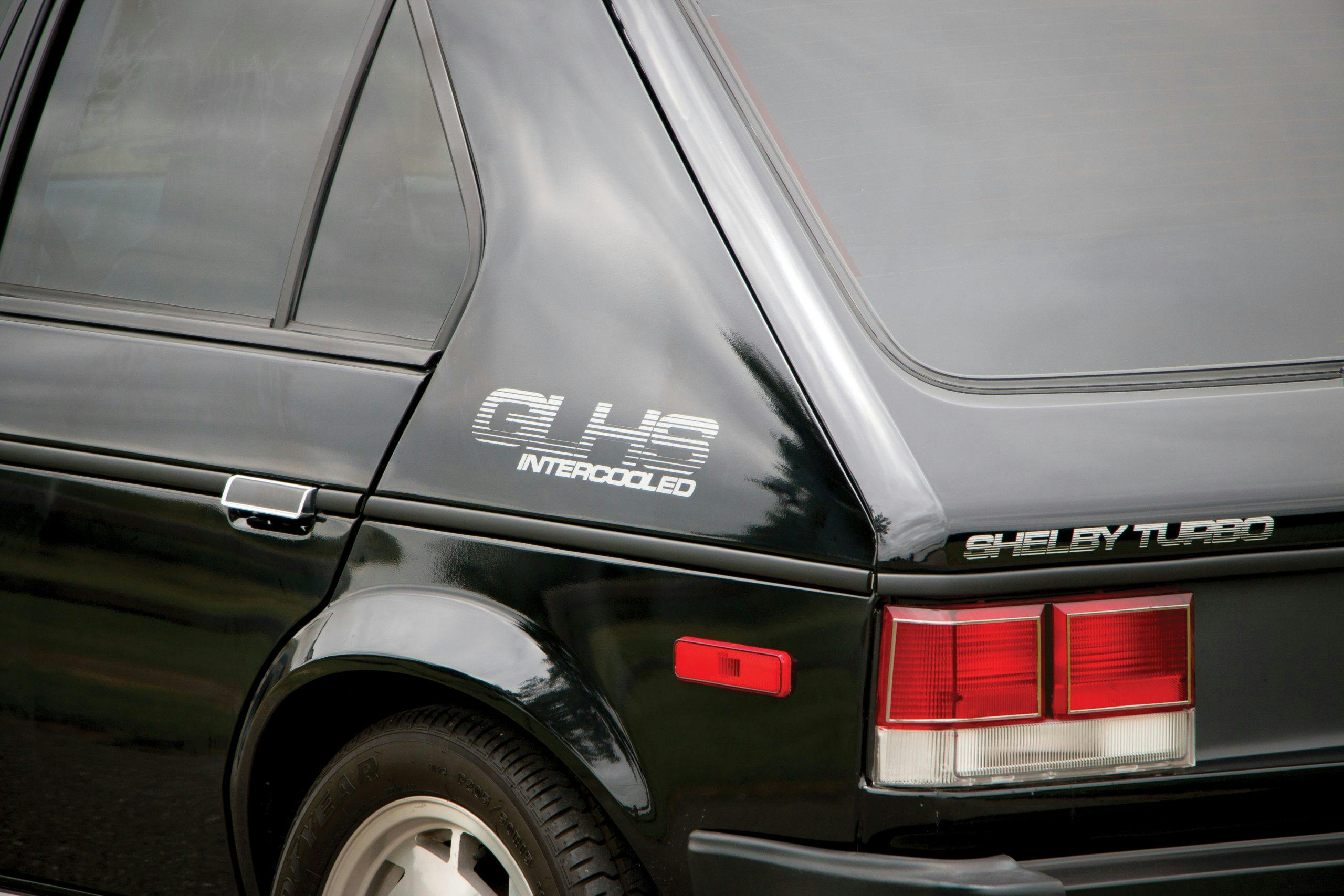
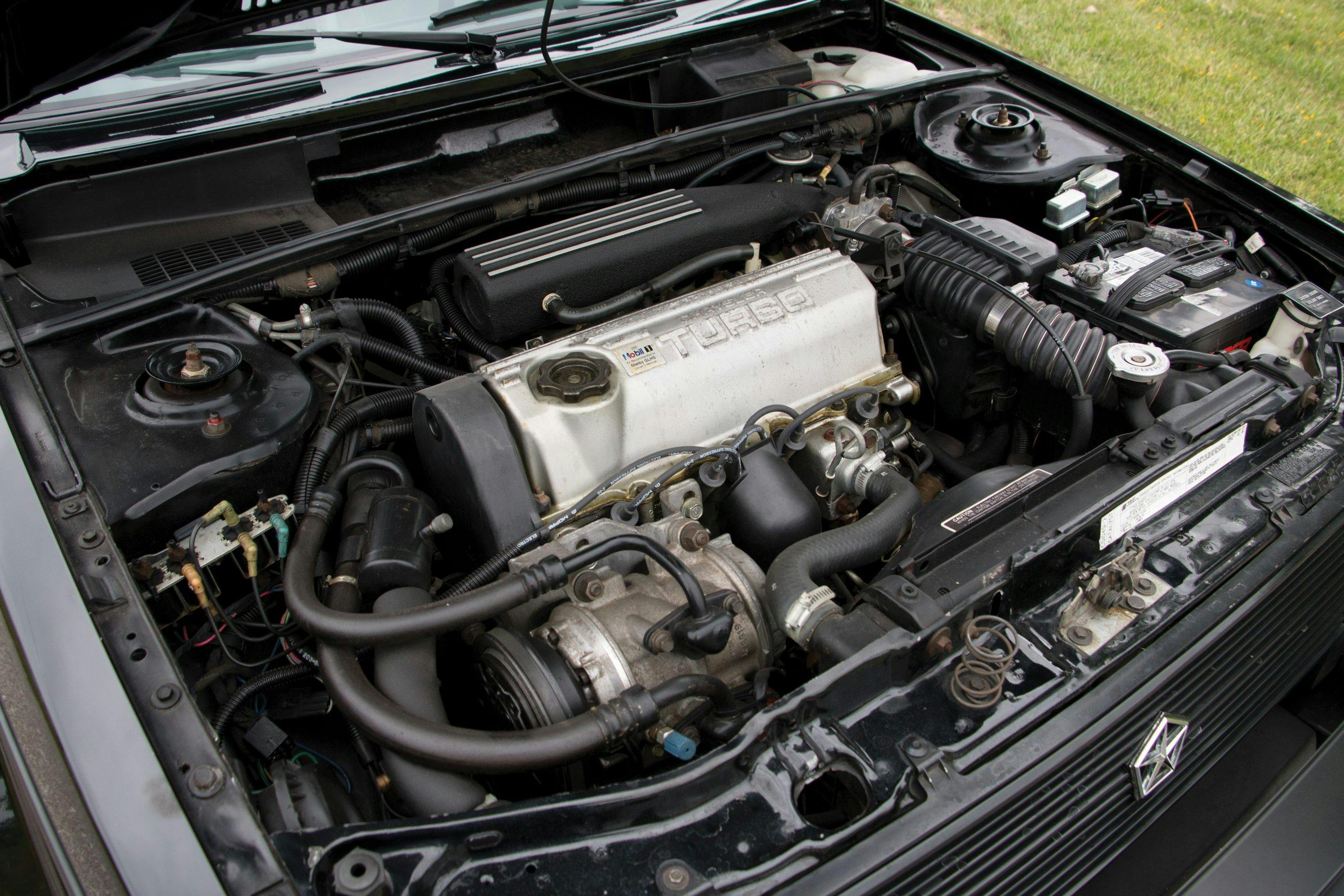
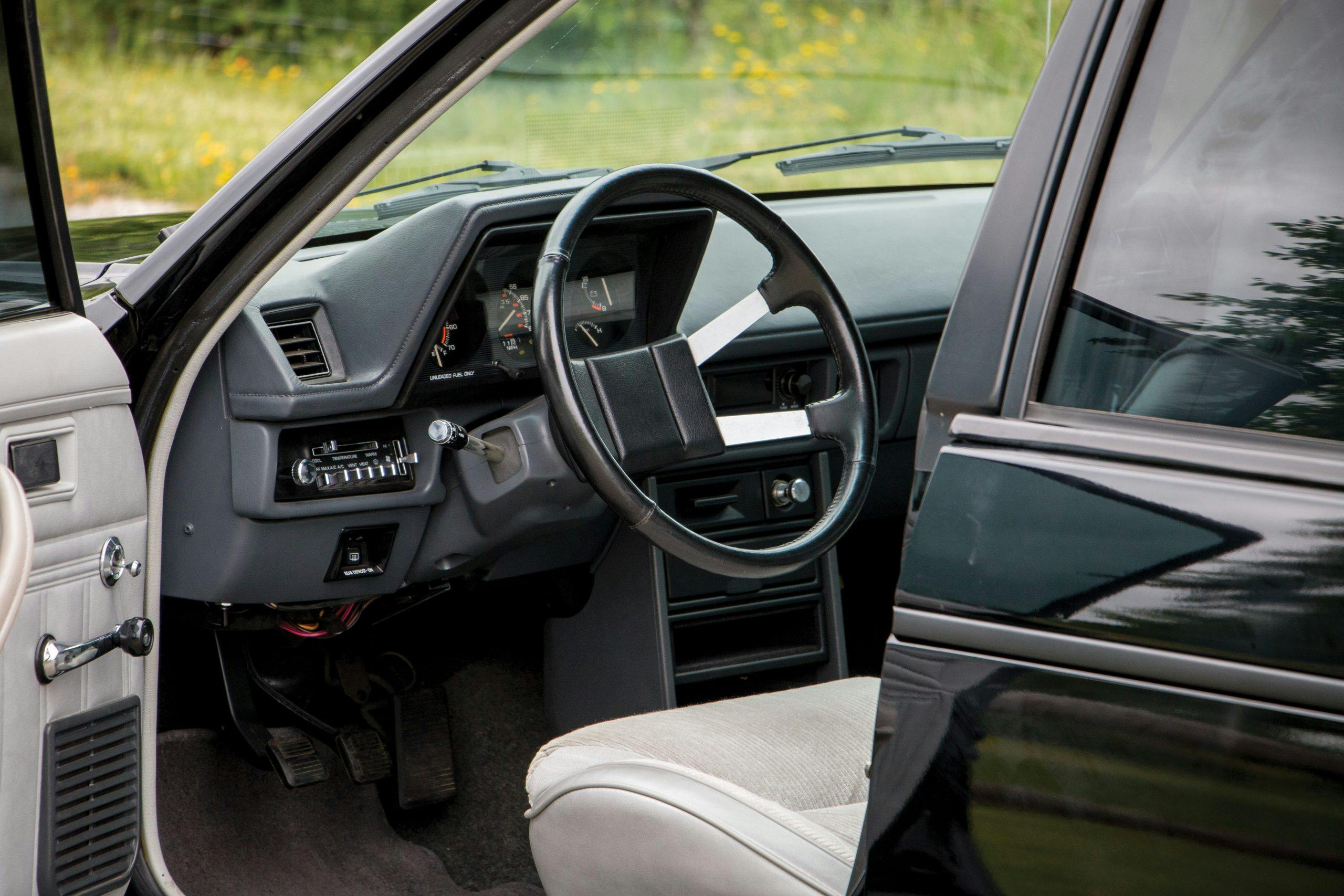
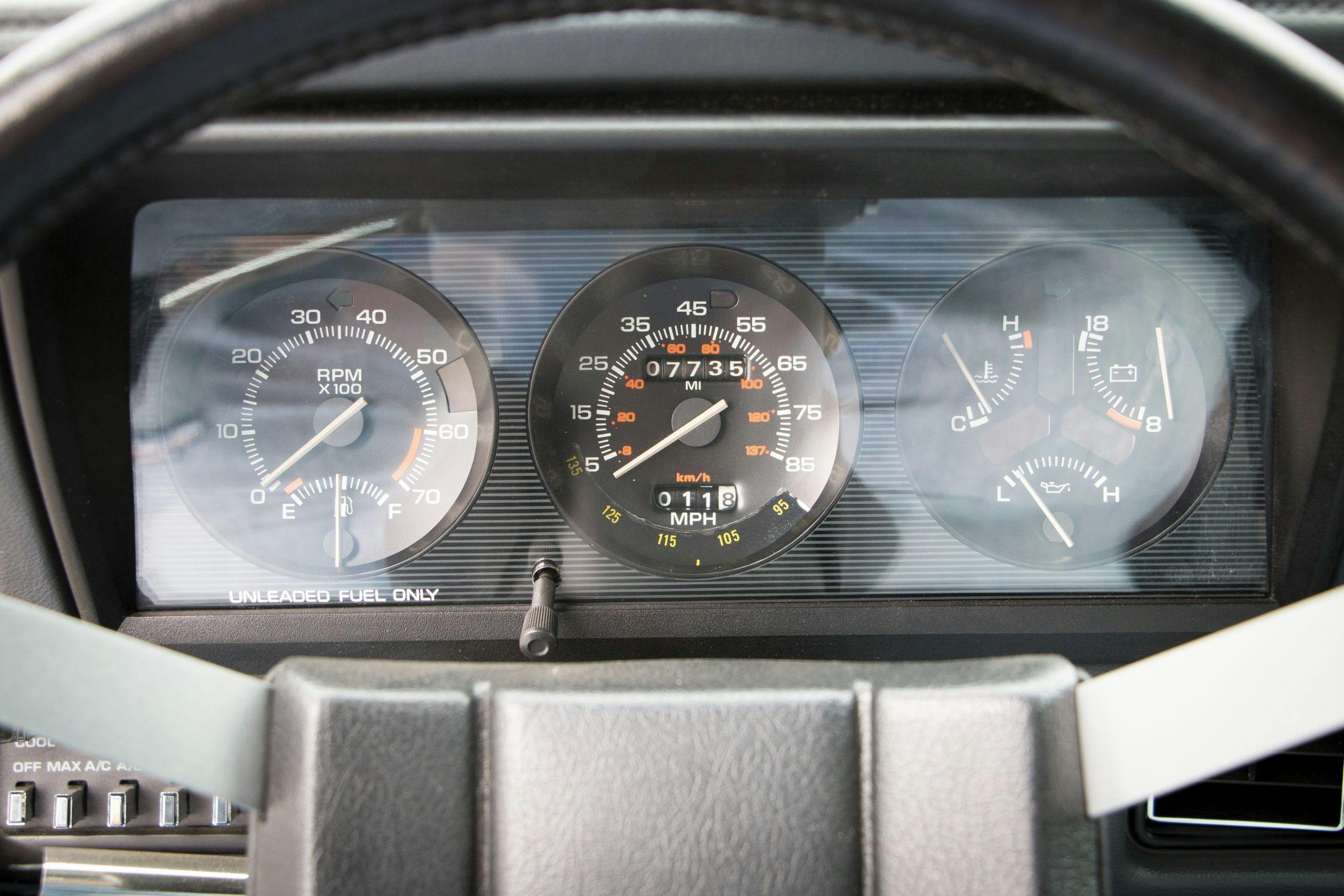
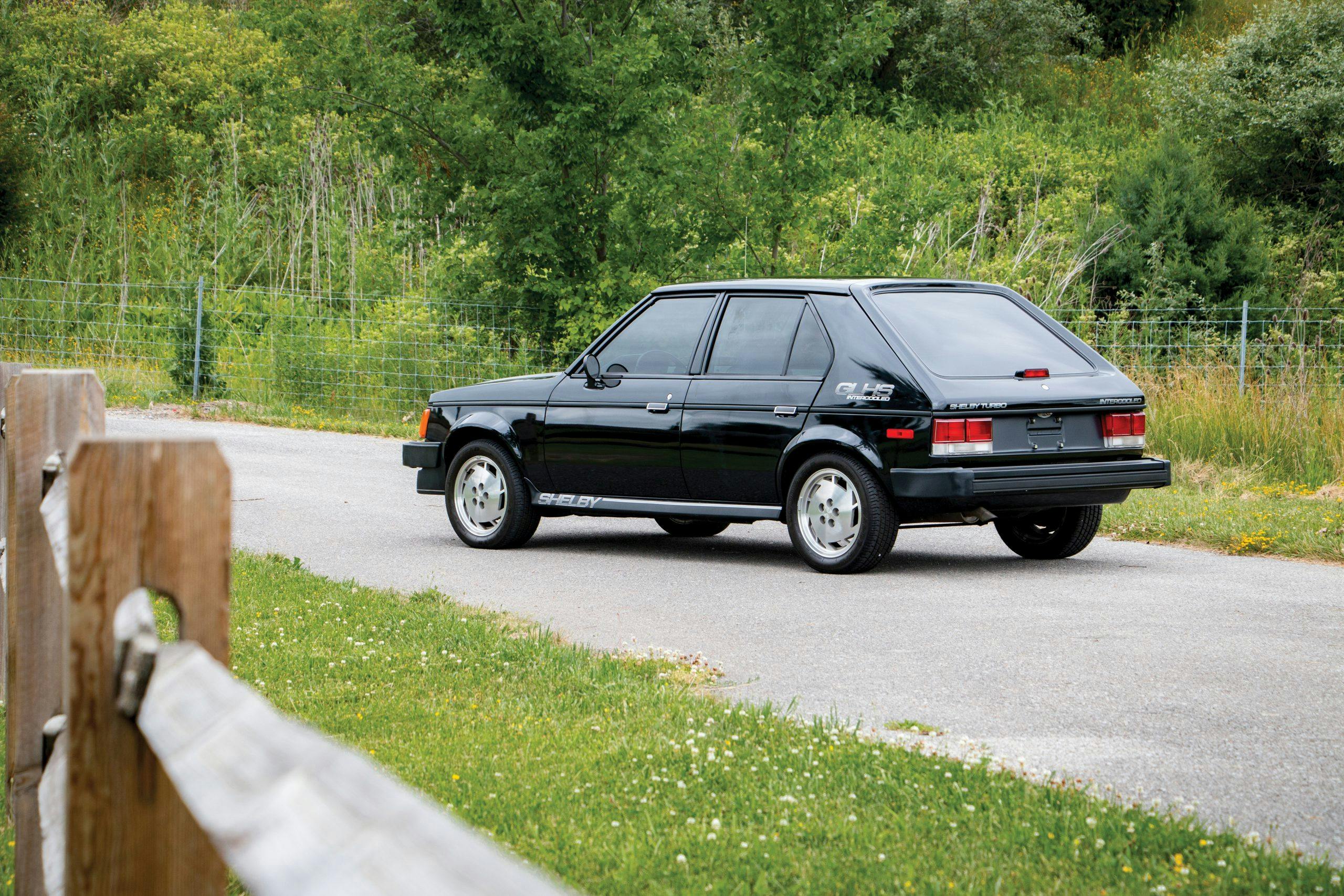
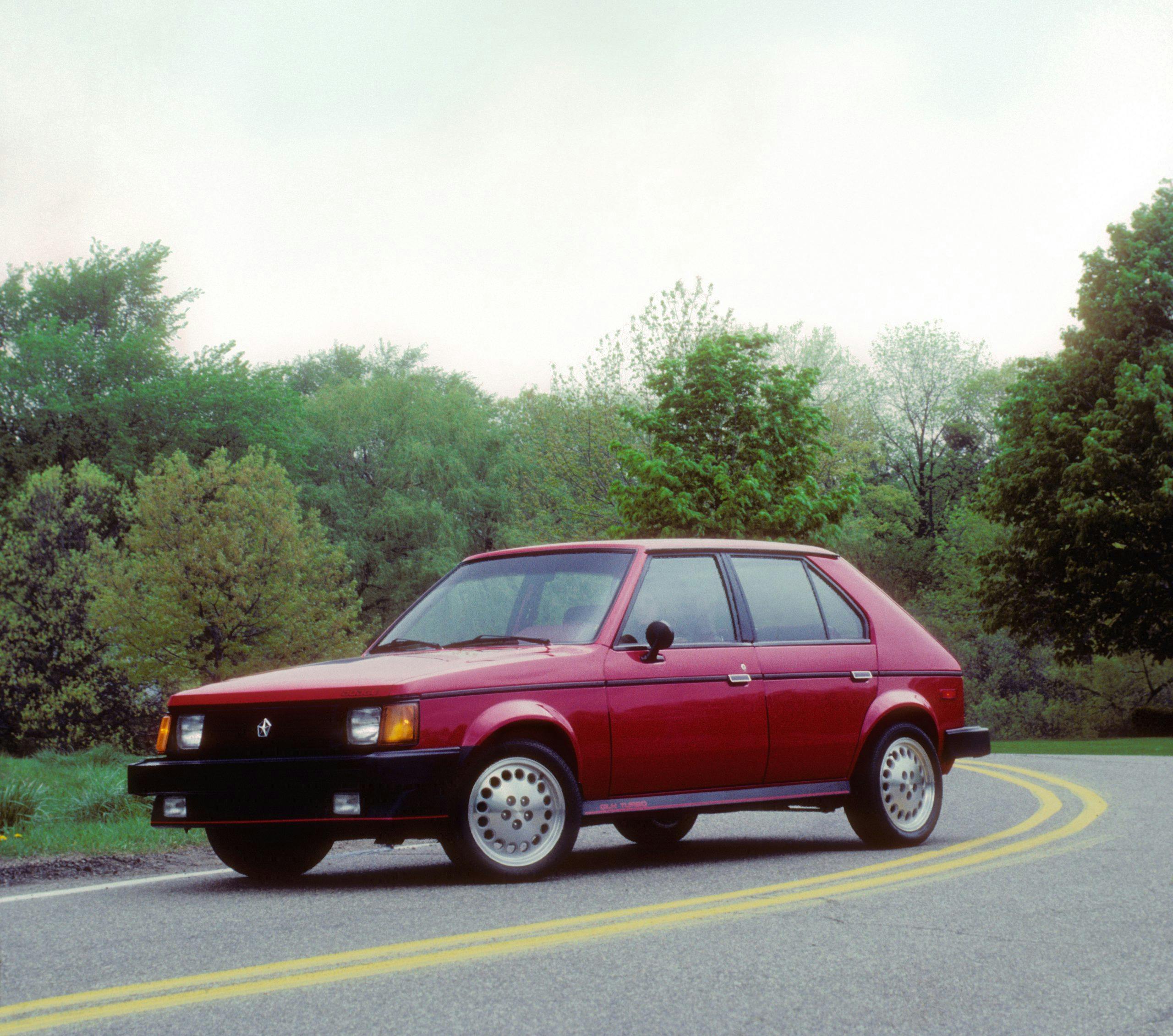
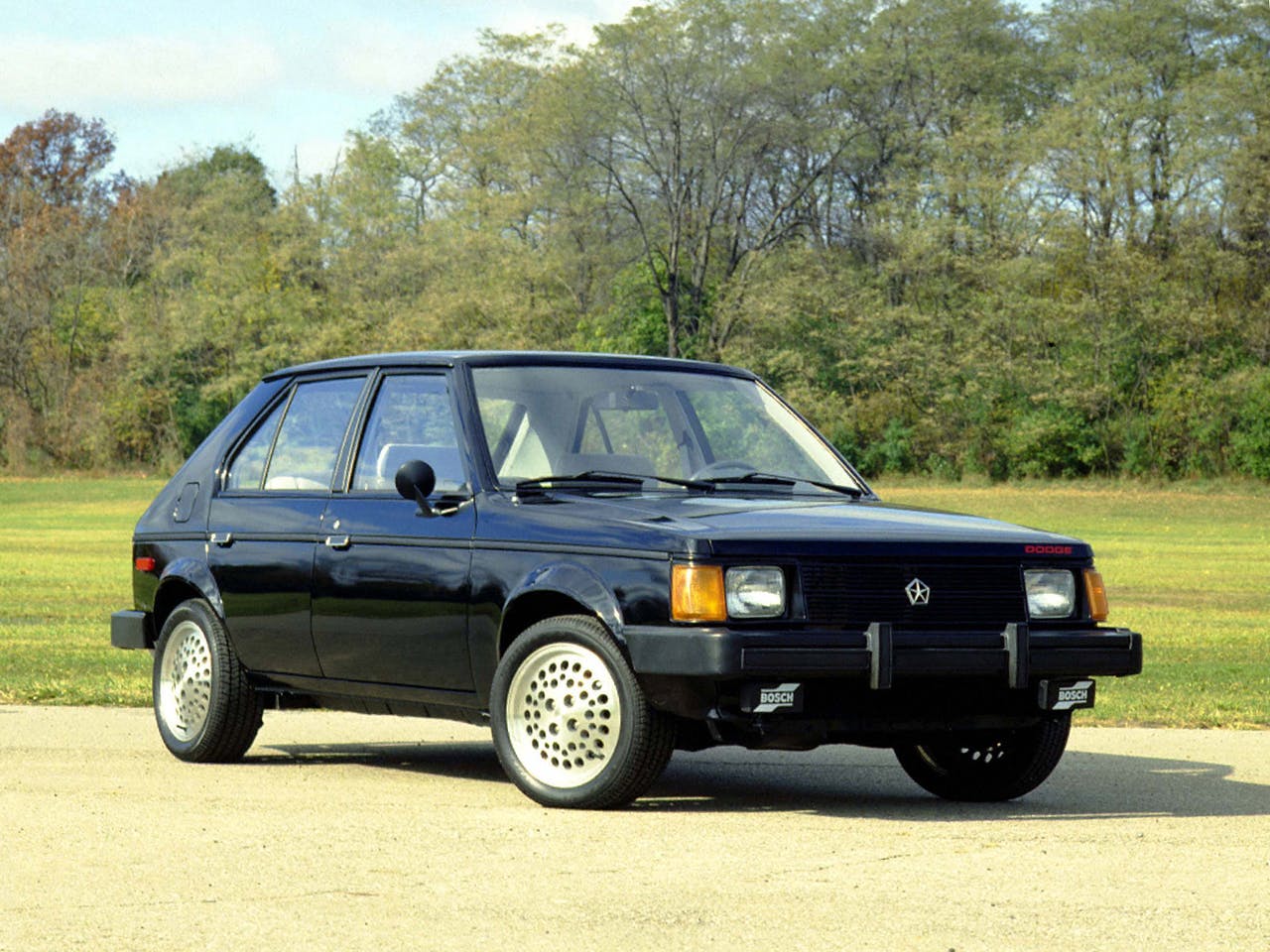
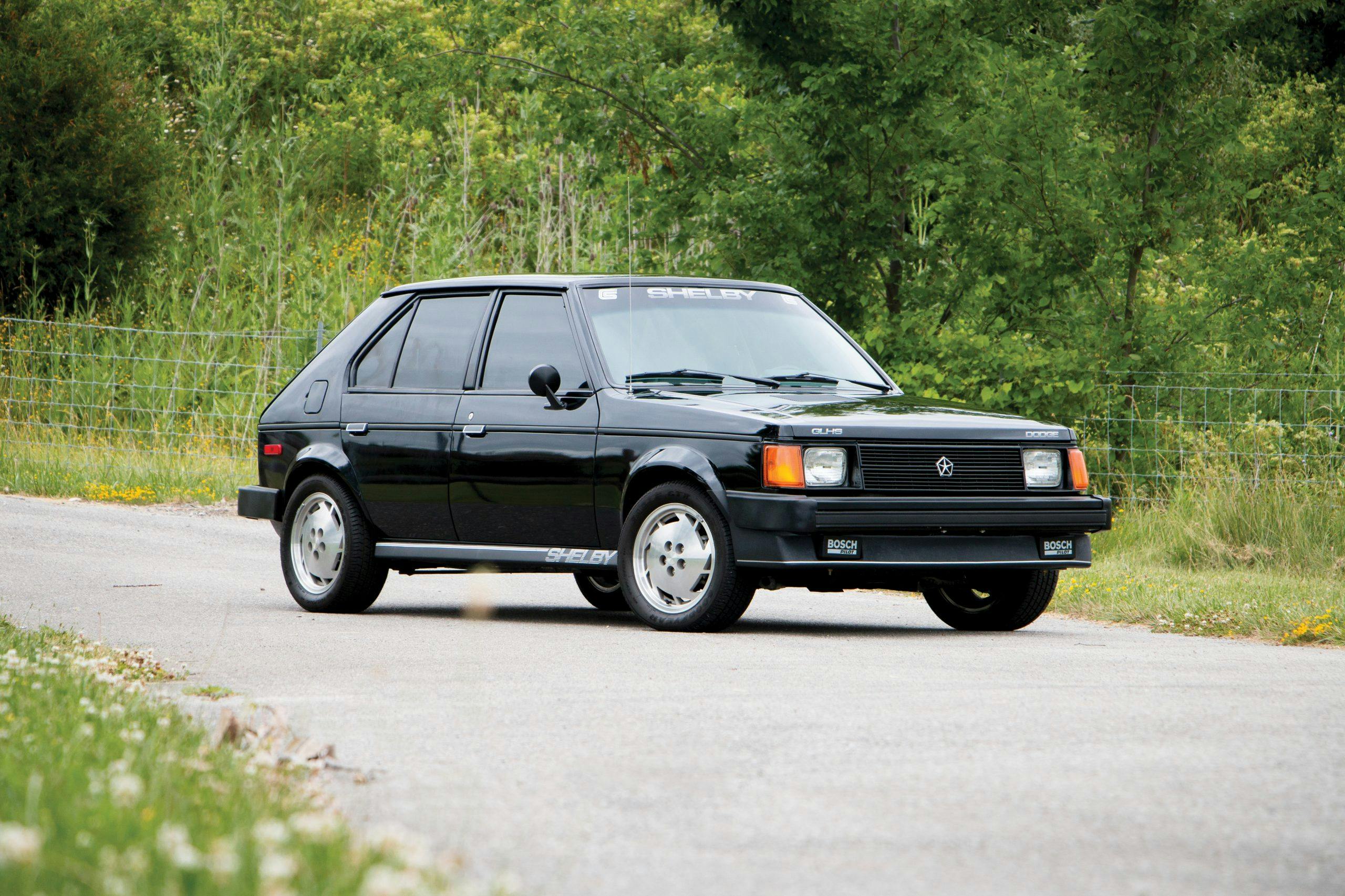
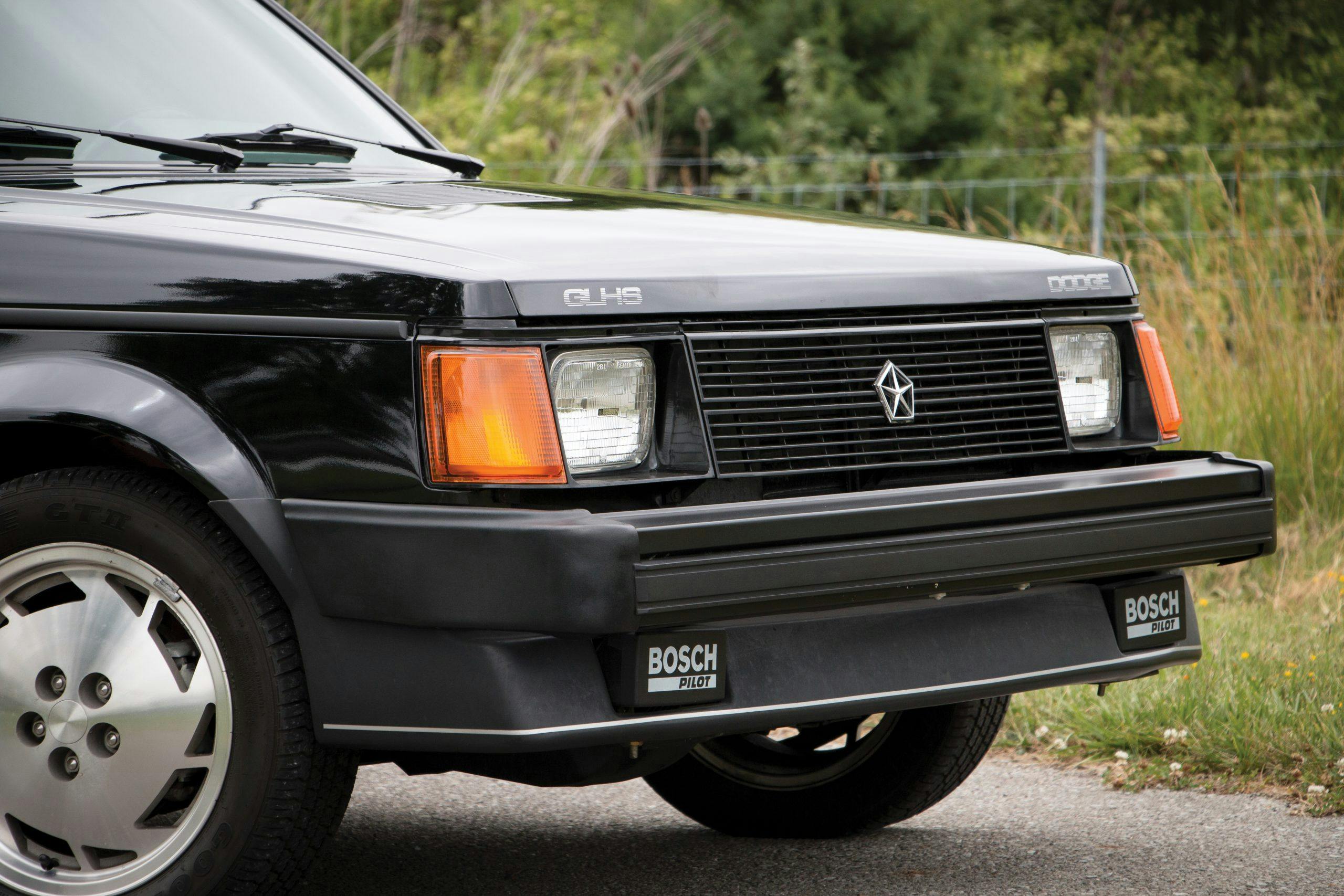
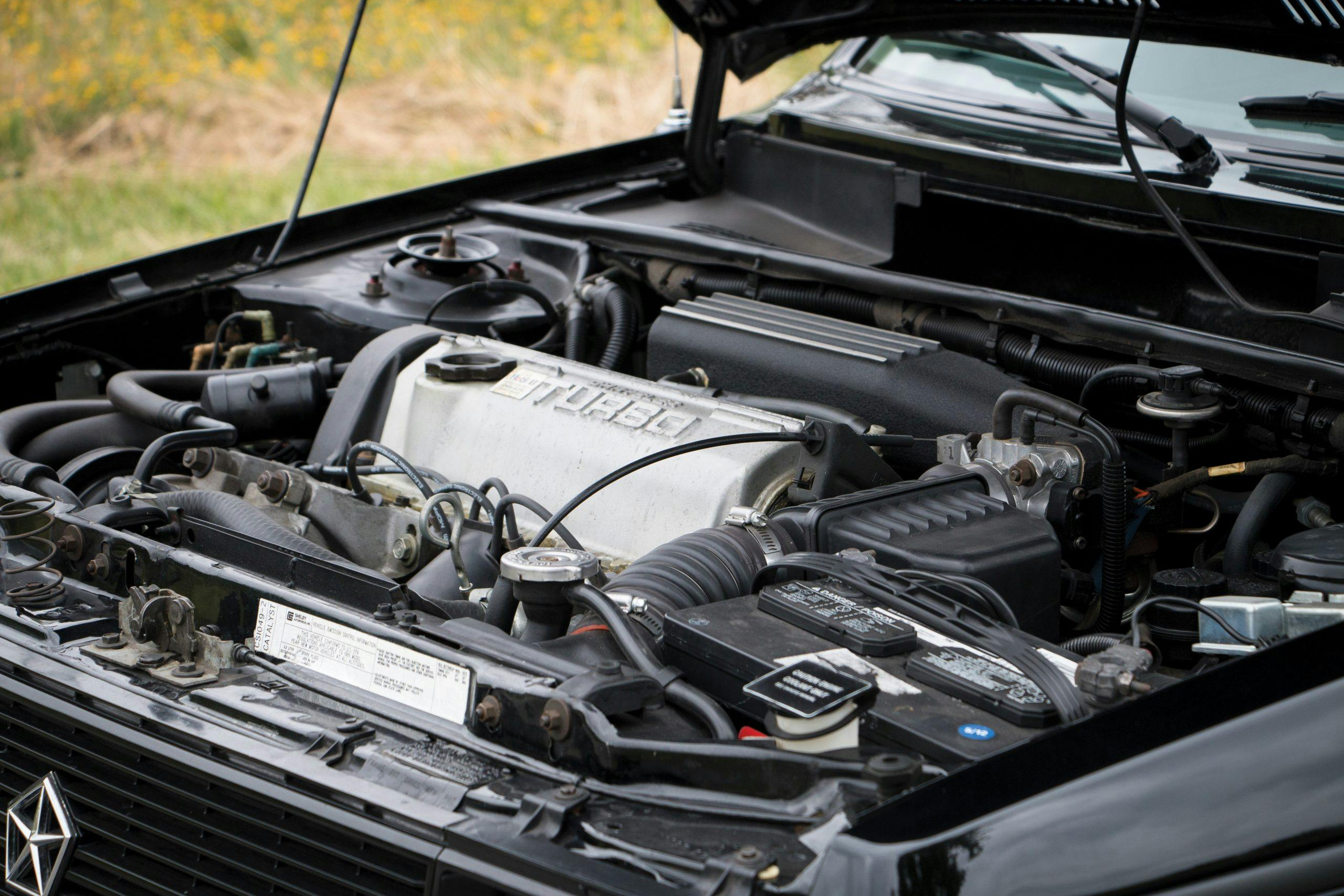
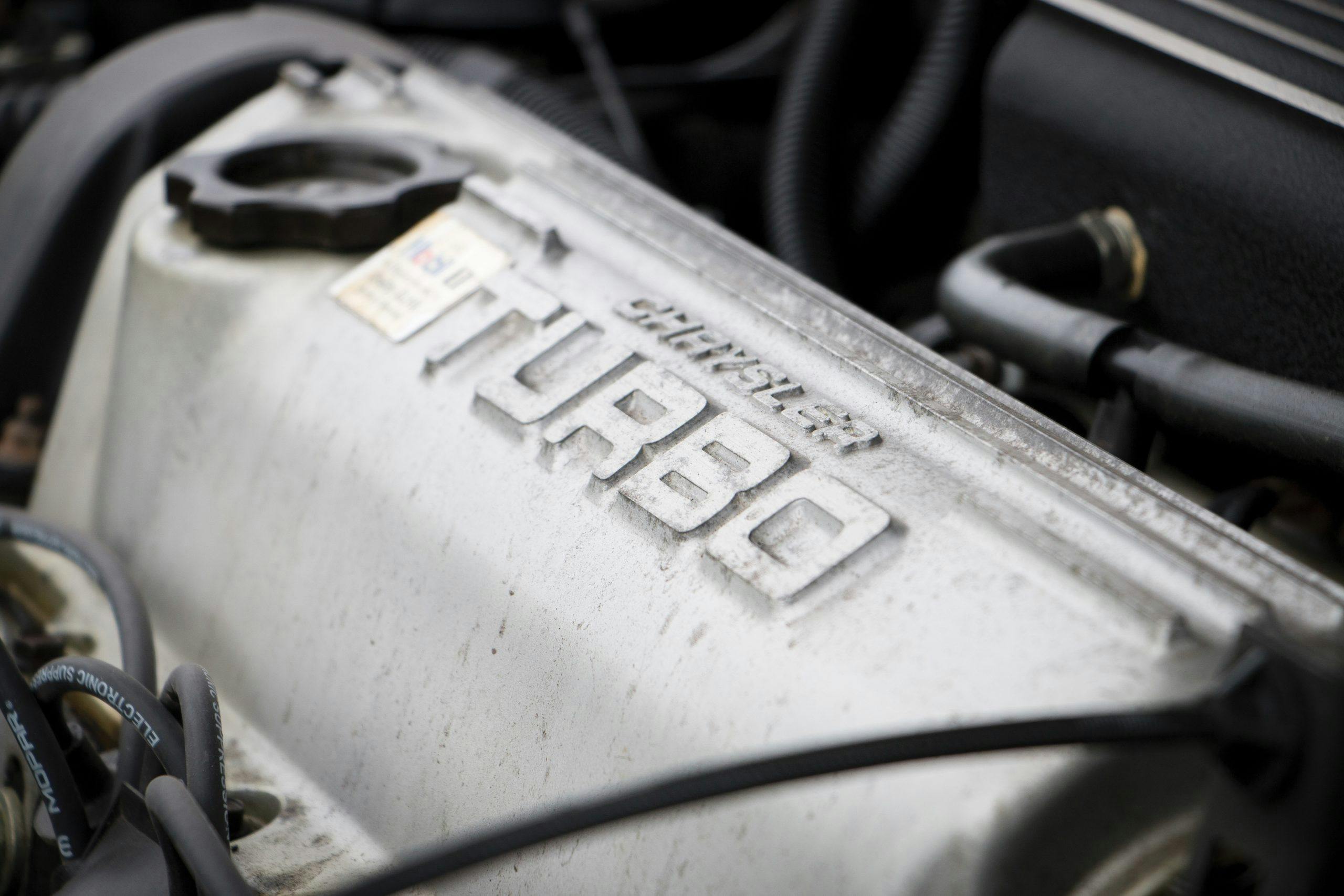


I had a Shelby Lancer one of about 700 made, Turbo, intercooled, 5 speed, Red, with extra graphics and spoilers, 4 doors but would outrun many Corvettes, great car, no one’s ever heard of
Some minor quibbles with the article: There were 1000 GLHS Omnis made and the engine was rated at 176 horsepower. As for torque steer, all GLH models came with equal length half shafts. I had a 1986 GLH (T) and had no trouble with torque steer, shifting or the clutch.
Kenton, I think you are thinking of the Charger GLHS’s. They did in fact only make 500 Omni GLHS’s.
I never owned a GLH……..BUT………I DID own it’s brother………a Plymouth Horizon. Everything was basically the exact same,save for the wheels,fog lights and front and side spoilers. I put on larger tires (similar to the GLH in the pics) and it gave me numerous years of trouble-free service along with excellent gas-mileage!
I have heard of the Shelby Lancer. I had a Shelby Charger, before the turbo. It was one of the first. It was said the engine put out 110 hp. It had 15′ wheels and around 50 series tires with a beefed up suspension. It had decent power for the time and it handled like it was on rails. I bought it new and never had any clutch, shifter or steering wheel problems.